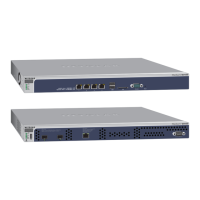18
2
2. Hardware Descriptions
This chapter includes the following sections:
• Package Contents
• Hardware Models WC7500 and WC7600v2
• Hardware Models WC7600 and WC9500
• LED Functions (All Models)
• Wireless Controller System Components
• Supported NETGEAR Access Points
• Supported NETGEAR Antennas
